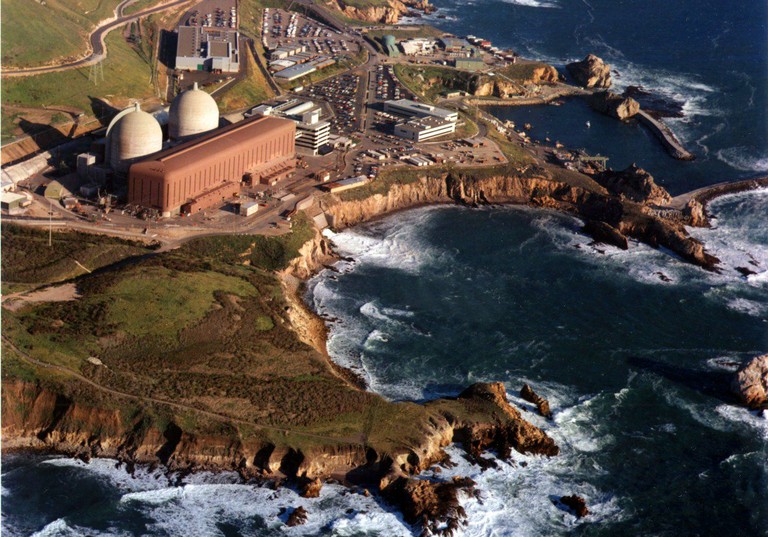SMR Digital Twin
- Overview
Digital twins are virtual, dynamic models of physical systems that can be used to simulate and analyze their behavior.
In the context of nuclear energy, particularly small modular reactors (SMRs), digital twins offer a powerful tool for enhancing safety, efficiency, and maintenance.
By creating virtual replicas of SMRs, digital twins can predict potential issues, optimize operations, and even train personnel, all without requiring physical access to the reactor.
Digital twins are a promising technology for the nuclear industry, particularly for SMRs. By providing a virtual representation of the physical system, digital twins can enhance safety, efficiency, and security, potentially leading to a more reliable and cost-effective energy source.
Digital Twins for SMRs:
- Enhanced Monitoring and Control: Digital twins can provide real-time insights into the performance of SMRs, allowing operators to monitor key parameters and make informed decisions.
- Predictive Maintenance: By analyzing the data generated by digital twins, operators can anticipate potential equipment failures and schedule maintenance proactively, minimizing downtime and reducing costs.
- Safety and Security Improvements: Digital twins can be used to simulate various operational scenarios, including potential safety or security breaches, allowing operators to develop and test mitigation strategies.
- Training and Education: Digital twins can serve as valuable training tools for operators and engineers, allowing them to familiarize themselves with the reactor's behavior in a safe and controlled environment.
- Design and Optimization: Digital twins can be used to model and optimize the design of SMRs, potentially leading to improved performance and reduced costs.
Specific Examples:
- Argonne National Laboratory: Researchers at Argonne are developing digital twins for advanced nuclear reactors, using graph neural networks to predict reactor behavior and enhance security and efficiency.
- Idaho National Laboratory: INL is exploring the use of digital twins to simulate reactor misuse scenarios and optimize sensor placement for real-time monitoring and security compliance.
- X-energy: This company is utilizing digital twins for the design and operation of their Xe-100 SMR, enabling them to study thousands of processes simultaneously and make real-time adjustments to the physical system.
Benefits of Digital Twins for SMRs:
- Reduced Costs: By optimizing operations and maintenance, digital twins can lead to significant cost savings.
- Increased Efficiency: Real-time monitoring and predictive maintenance can improve the overall efficiency of SMRs.
- Enhanced Safety: Digital twins can help identify and mitigate potential safety risks, ensuring the safe operation of SMRs.
- Improved Security: Digital twins can be used to enhance the security of SMRs by simulating and addressing potential security threats.
- Faster Deployment: Digital twins can potentially accelerate the deployment of SMRs by optimizing the design and construction process.
Challenges:
- Data Integration: Integrating data from various sources and ensuring its accuracy and reliability can be challenging.
- Computational Requirements: Digital twins can be computationally intensive, requiring powerful computing resources.
- Regulatory Compliance: Ensuring that digital twins meet regulatory requirements can be a complex process.
[More to come ...]


